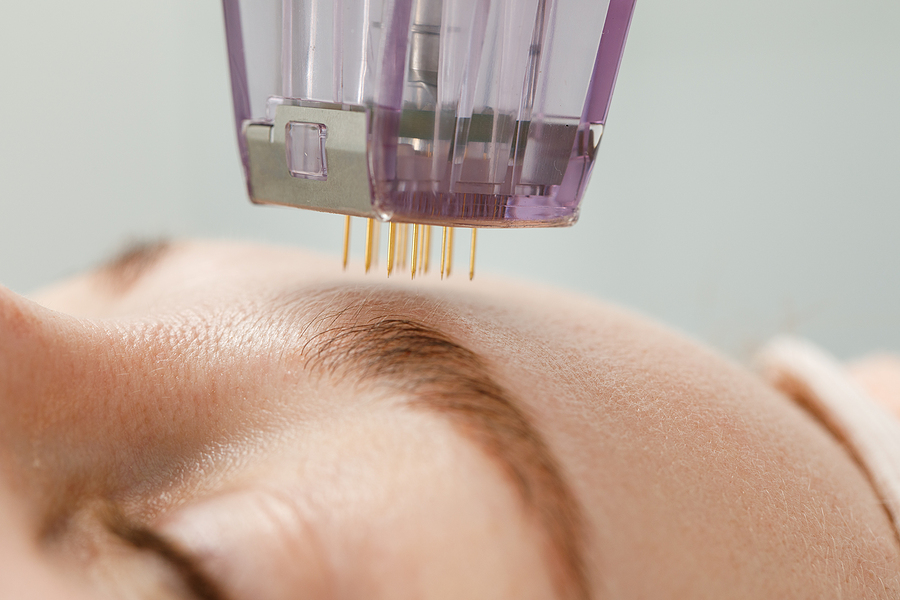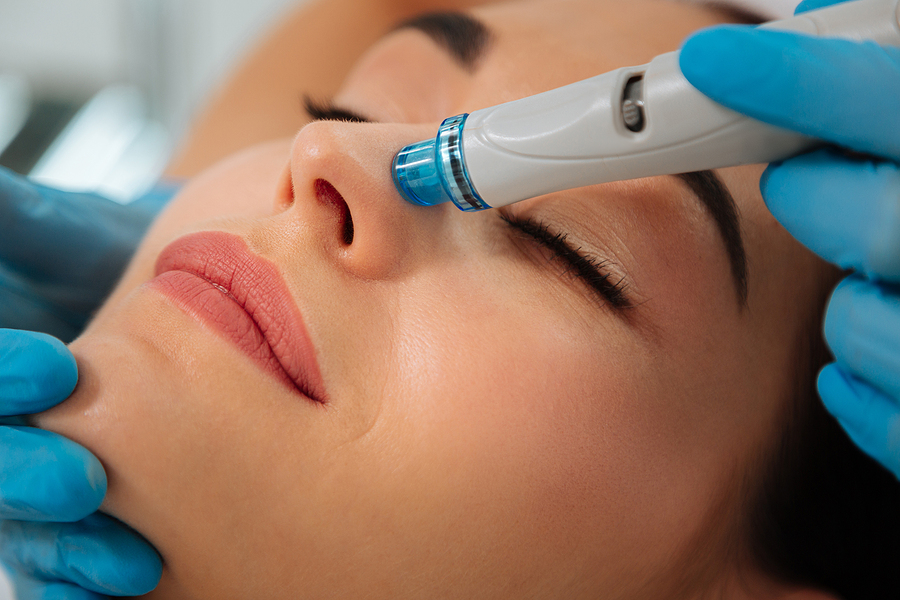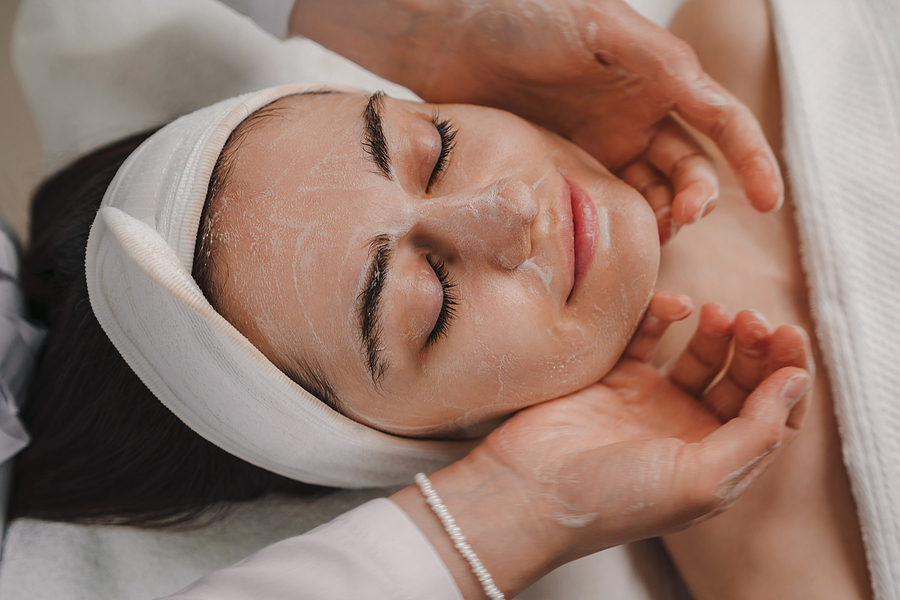Two popular choices for achieving radiant and healthy-looking skin are microneedling and HydraFacial. Both treatments offer unique benefits and address various skincare concerns. Let’s explore the differences between microneedling and HydraFacial, empowering you to make an informed decision and embark on a skincare journey that leaves you with radiant and revitalized skin.
Microneedling

Microneedling is a popular skincare treatment that involves using a device with fine needles to create controlled micro-injuries in the skin. This process, also known as collagen induction therapy, stimulates the body's natural healing response, leading to several benefits for the skin. The tiny punctures created during the treatment trigger the skin's natural healing process, encouraging the production of new collagen fibres. This increase in collagen helps improve skin elasticity, firmness, and overall texture. Microneedling can also reduce the appearance of acne scars, hyperpigmentation, and uneven skin texture by promoting the regeneration of healthy skin cells. It can effectively diminish fine lines, wrinkles, and certain types of scars by plumping the skin and stimulating the growth of new, healthier skin cells. While microneedling is generally safe, some individuals may experience mild discomfort, redness, or temporary swelling following the treatment.
HydraFacial

A HydraFacial is a non-invasive skincare treatment that combines cleansing, exfoliation, extraction, hydration, and antioxidant infusion to achieve a refreshed and rejuvenated complexion. The treatment uses a specialized device that delivers a series of serums and gentle suction to cleanse and hydrate the skin. HydraFacial treatments remove dead skin cells, unclog pores, and eliminate impurities, resulting in a clearer and more refined complexion. A HydraFacial provides intense hydration to the skin, infusing it with nourishing serums that contain antioxidants, peptides, and hyaluronic acid. This hydration helps plump the skin, reduce the appearance of fine lines, and improve overall skin tone and texture. The customized treatment allows skincare professionals to tailor it to concerns like hyperpigmentation, congested pores, or uneven skin tone. HydraFacials are generally well-tolerated, with minimal downtime or side effects. It is suitable for various skin types and can be performed regularly in a comprehensive skincare routine.
A Breakdown of the Differences

While microneedling and HydraFacial are both popular skincare treatments that offer unique benefits for achieving healthier and more radiant skin, there are some differences that can help you decide which one will benefit you:
Treatment Goals and Target Areas - Microneedling primarily focuses on stimulating collagen production, improving skin texture, and reducing the appearance of fine lines, wrinkles, and scars. It is commonly used on the face, neck, and décolletage. A HydraFacial aims to cleanse, exfoliate, hydrate, and nourish the skin. It is suitable for addressing concerns such as congested pores, uneven skin tone, and dryness. HydraFacial can be performed on various body areas, including the face, neck, back, and hands.
Mechanisms of Action - Microneedling creates controlled micro-injuries in the skin, triggering the body's healing response and stimulating collagen production. The treatment involves using fine needles that penetrate the skin's surface. A HydraFacial utilizes a specialized device that combines gentle suction, exfoliation, and the infusion of nourishing serums. The treatment cleanses the skin and delivers hydrating and antioxidant-rich serums to promote a rejuvenated complexion.
Downtime and Recovery - Microneedling typically involves downtime, during which the skin may appear slightly red and sensitive. Recovery time can vary, but it is common for the skin to heal fully within a few days to a week. A HydraFacial is a non-invasive treatment with minimal downtime. Most individuals can resume their regular activities immediately after the procedure without any significant recovery period.
Number of Sessions Required - Microneedling often requires a series of sessions to achieve optimal results. The number of treatments depends on individual skin concerns, but it is common to undergo three to six sessions several weeks apart. A HydraFacial can be performed as a single treatment or as part of a regular skincare maintenance plan. Results are visible after one treatment, and individuals may undergo regular sessions to maintain the benefits.
Expected Results and Long-Term Effects - Microneedling can improve skin texture and firmness and reduce wrinkles and scars. The results continue to develop as collagen production increases, and optimal outcomes are typically observed a few months after completing the recommended sessions. A HydraFacial provides immediate results, including smoother and more hydrated skin with a youthful glow. Regular treatments can help maintain these benefits and improve overall skin health in the long term.
Cost Considerations - Microneedling is often considered a more intensive procedure, which may reflect in a higher cost than other treatments. The exact pricing can vary depending on the location, provider, and the number of sessions needed. A HydraFacial is generally more accessible and may have a lower price point per session than microneedling. However, the overall cost can depend on additional factors such as add-on treatments or personalized skincare plans.
Whether you're seeking to stimulate collagen production with microneedling or desire deep cleansing, hydration, and nourishment with HydraFacial, both treatments can contribute to your skincare journey. Your journey to radiant and revitalized skin starts with a consultation at BeautyMed. Contact us to schedule a consultation and achieve the radiant skin you've always desired.
